Overview
Map
Other Details
البطريركيّة القديمة مار يوحنّا مارون
Dimane
Bcharre
North
البطريركيّة القديمة مار يوحنّا مارون - الديمان بداية القرن التاسع عشر، قرّر البطاركة الانتقال من وادي قنوبين إلى قرية الديمان. وفي العام ١٨١٩، بنى البطريرك يوحنا الحلو منزلاً ليكون مقرّ إقامته. سنة ١٨٣٣، بدأ البطريرك يوسف حبيش بناء الدير والكنيسة، وتمّ في هذا الدير البطريركيّ انتخاب البطريرك يوسف راجي الخازن عام ١٨٤٥، ورفع البطريرك بولس مسعد الخوري يوحنا الحاج إلى الرتبة الأسقفية في ١٥ آب ١٨٦١، ليخلفه كبطريرك سنة ١٨٩٠. نهاية القرن التاسع عشر انتهت أعمال بناء الدير البطريركيّ الكبير في الديمان، وأصبح هذا البناء كنيسةً رعائيّة. ومن أبرز الكنوز الموجودة في الكنيسة كأس القدّاس الذي أهداه البابا لاون الثاني عشر إلى البطريرك حبيش، ومكتبة المخطوطات، وبعض الأيقونات المحليّة. The Old Patriarchate of Saint John Maron - Dimane At the start of the XIXth century, the patriarchs decided to relocate from Wadi Qannoubin to the village of Diman. In 1819, Patriarch John Al Helou constructed a residence for himself, and in 1833, Patriarch Youssef Hobeish began building a monastery and church. It was at this patriarchal monastery that Patriarch Youssef Raji Al Khazen was elected in 1845. Later on, on August 15, 1861, Patriarch Boulos Massad ordained Fr. Youhanna Al Hajj to the episcopal rank, and he succeeded him as patriarch in 1890. At the end of the XIXth century, the construction of the great patriarchal monastery in Diman was finished, and the building became a parish church. One of the most notable treasures of the church is a chalice gifted to Patriarch Hobeish by Pope Leo XII, as well as the manuscript library and local icons.
Visited 2531 times, 8 Visits today
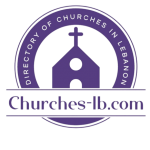



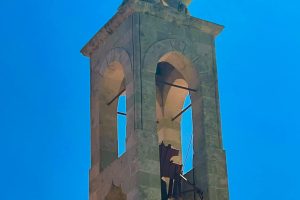
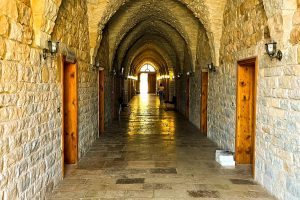
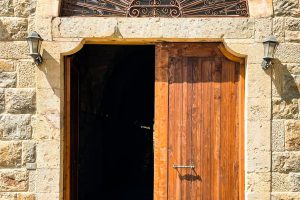
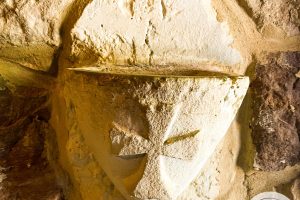
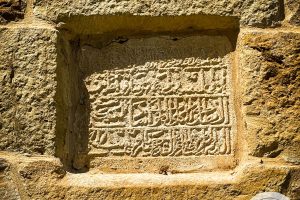
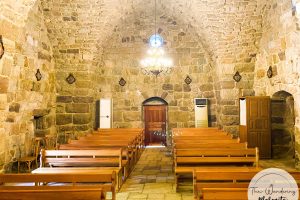
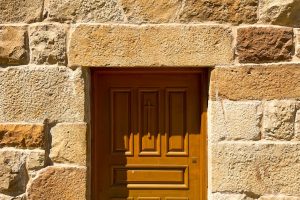
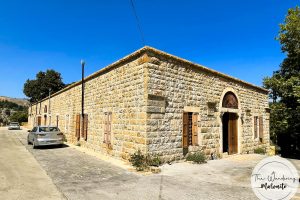




















Reviews are disabled, but trackbacks and pingbacks are open.